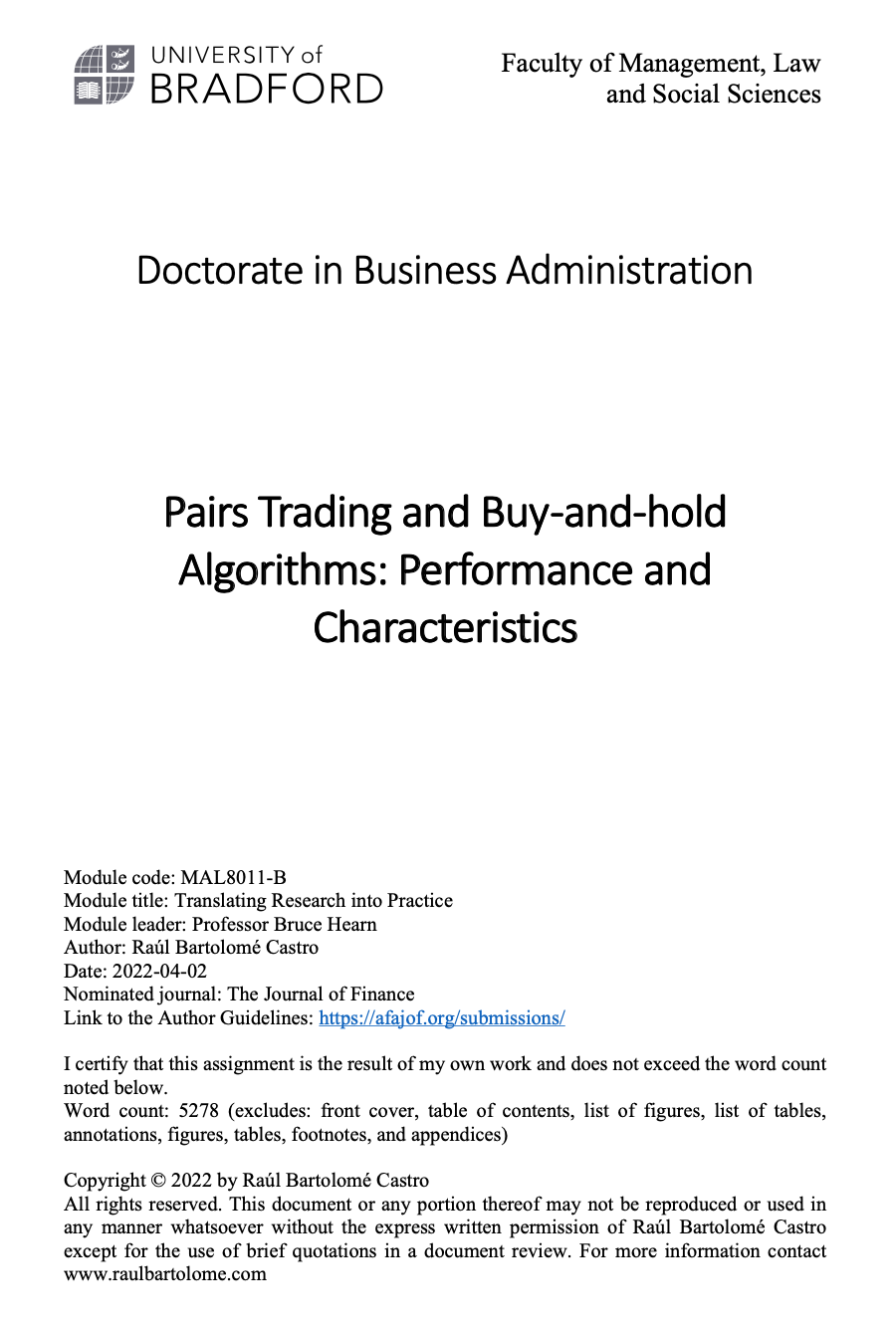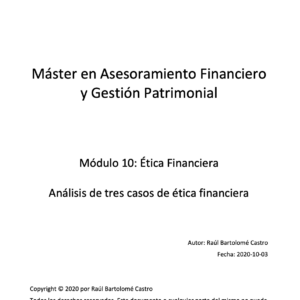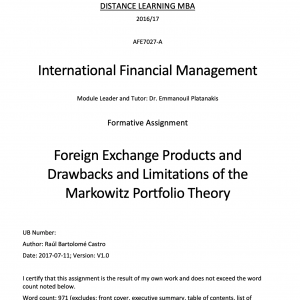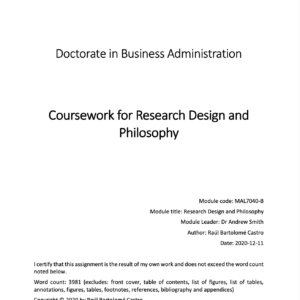Abstract
Pairs trading algorithm is market neutral, mean-reverting strategy for hedge funds and alike. We conduct an empirical study from 1999 to 2022 comparing the performance and characteristics with buy-and-hold algorithm. The results of six months trading show lower return and Sharpe ratio but lower risk than buy-and-hold. For a twenty years trading periods buy-and-hold is the clear winner with higher return and lower risk than pairs trading. We conclude that most investors would prefer buy-and-hold strategy unless pairs trading is combined with additional strategies. We end suggesting new trading algorithms combining the best characteristics of pairs trading and buy-and-hold.
Introduction
Pairs trading is an established trading strategy for hedge funds and alike. It was pioneer by the hedge manager Nunzio Tartaglia at Morgan Stanley in the 1980s (Bookstaber 2007) and developed since then by scholars and practitioners (e.g. Do et al. 2006; Gatev et al. 2006; Rad et al. 2016). It is a relatively simple trading strategy that presents two distinctive phases. First, it identifies pairs of securities that are related using one year of historical data. Second, it trades for six months the underlaying securities of the pairs whenever the spread of the pairs exceeds certain value. The spread threshold used to open trading positions is arbitrary, but most implementations use two times the historical standard deviation. In pairs trading opening positions means to go long for the security exceeding two times the historical standard deviation and short for the complementary security, likewise, closing positions stands for issuing complementary orders to cancel the open positions.
The research purpose of this paper is to study the performance and characteristics of pairs trading algorithm comparing it with buy-and-hold strategy, which constitutes the benchmarking. The subject is particularly relevant and actual; academics and investors show great interest to algorithm trading given the economical reward derived from them and the recent decades the subject is growing in popularity thanks to the progress in financial technology. The research question pivots around the point of view of investors, answering whether pairs trading is a good strategy for investors compared with buy-and-hold strategy.
Pairs trading is classified as a market neutral strategy, consequently it should exhibit little or no correlation with markets. Most authors study this phenomenon by regressing the returns of pair trading to three factors of Fama and French (1996) plus other factors such as momentum (Carhart 1997) or reversal (Jegadeesh and Titman 1993), finding that the models capture very little systematic risk (Do et al. 2006; Gatev et al. 2006; Rad et al. 2016; Chen et al. 2019), though being short term reversal the main factor (Chen et al. 2019).
The algorithm is a mean-reverting or contrarian strategy, meaning that once the positions of the pair are opened, it is expected that, eventually the spread will converge to finally close the positions. The strategy closes all positions after six months of trading, consequently it helps to minimize the risk of open pairs that do not converge, that would imply increasing losses over the time.
Content of the download
- Complete manuscript in PDF format.
- Algorithms for buy-an-hold and pairs trading in Phyton for QuantConnect.
- Three scripts in Phyton required for the data acquisition:
- Initialisation of QuantConnect CLI.
- Execution and data acquisition of algorithms in QuantConnect using CLI commands.
- Generation of descriptive statistics and charts for the manuscript.
€5,99




Reviews
There are no reviews yet.